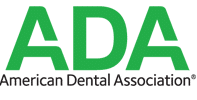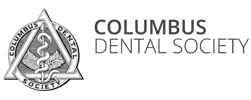For patients who present in the early stages of periodontal disease, nonsurgical periodontal therapy is often the first line of defense against further disease progression. Nonsurgical treatment options, include manual and ultrasonic scaling and root planing (SRP), antimicrobials, and a variety of other adjuncts.
The ADA guidelines indicate that SRP remains the gold standard for nonsurgical therapy and should be considered as the initial treatment for chronic periodontitis. The guidelines also point out that SRP performed with manual instrumentation results in similar clinical outcomes as SRP using ultrasonic scaling units, but does not always lead to complete removal of subgingival calculus and biofilm. However, the ADA guidelines found that that none of the adjunctive therapies, including systemic antimicrobials, systemic host modulators, and locally delivered antimicrobials resulted in a greater gain in clinical attachment loss over SRP alone.
For more advanced stages of periodontal diseases, management of chronic periodontitis requires treatment that is much more comprehensive than just nonsurgical treatment. Depending on the case, the overall treatment plan should include individualized oral hygiene education; in-depth medical, social, and psychiatric assessment; occlusal evaluation; post-SRP reevaluation; potential surgical therapy; and ongoing maintenance. In many cases, nonsurgical therapy is just the beginning

 Dr. Sakamoto
Dr. Sakamoto
 Dr. Mannava
Dr. Mannava
 Our Team
Our Team
 FIRST VISIT
FIRST VISIT
 PATIENT FORMS
PATIENT FORMS
 DENTAL INSURANCE
DENTAL INSURANCE
 POST-OP INSTRUCTIONS
POST-OP INSTRUCTIONS





